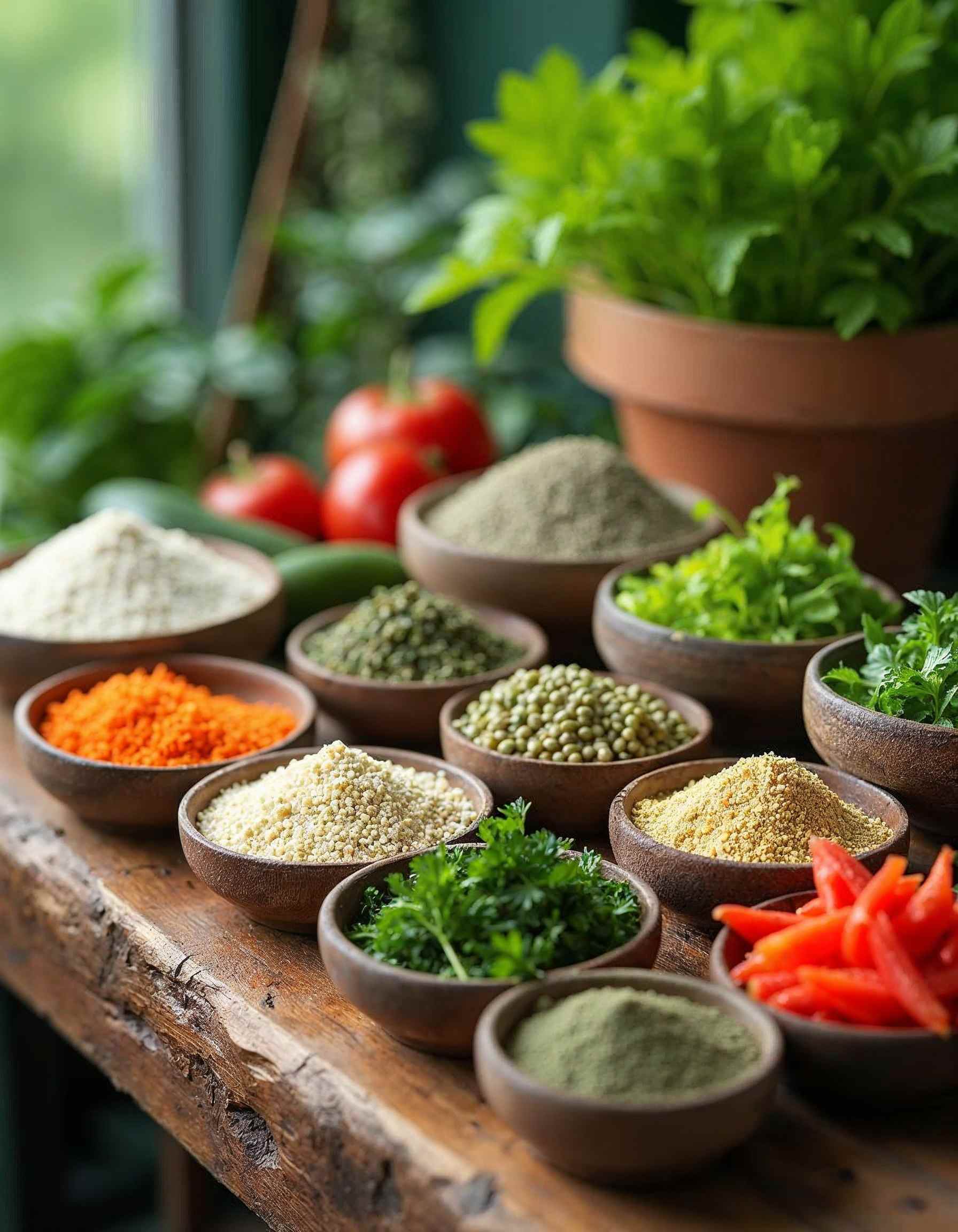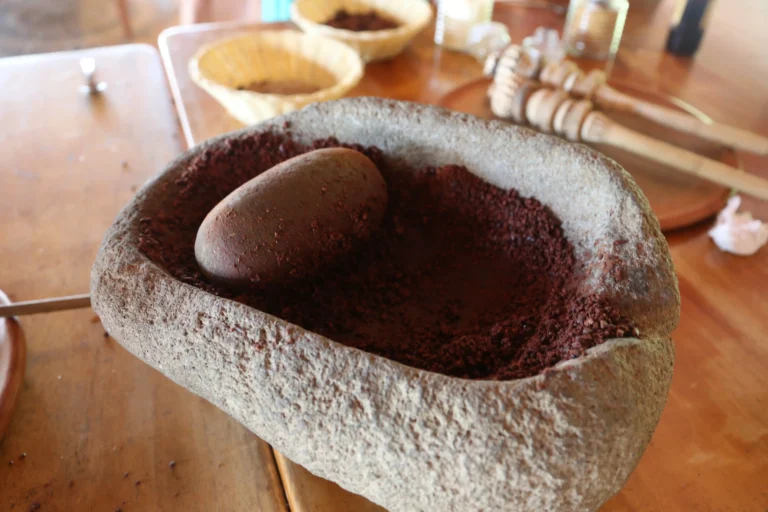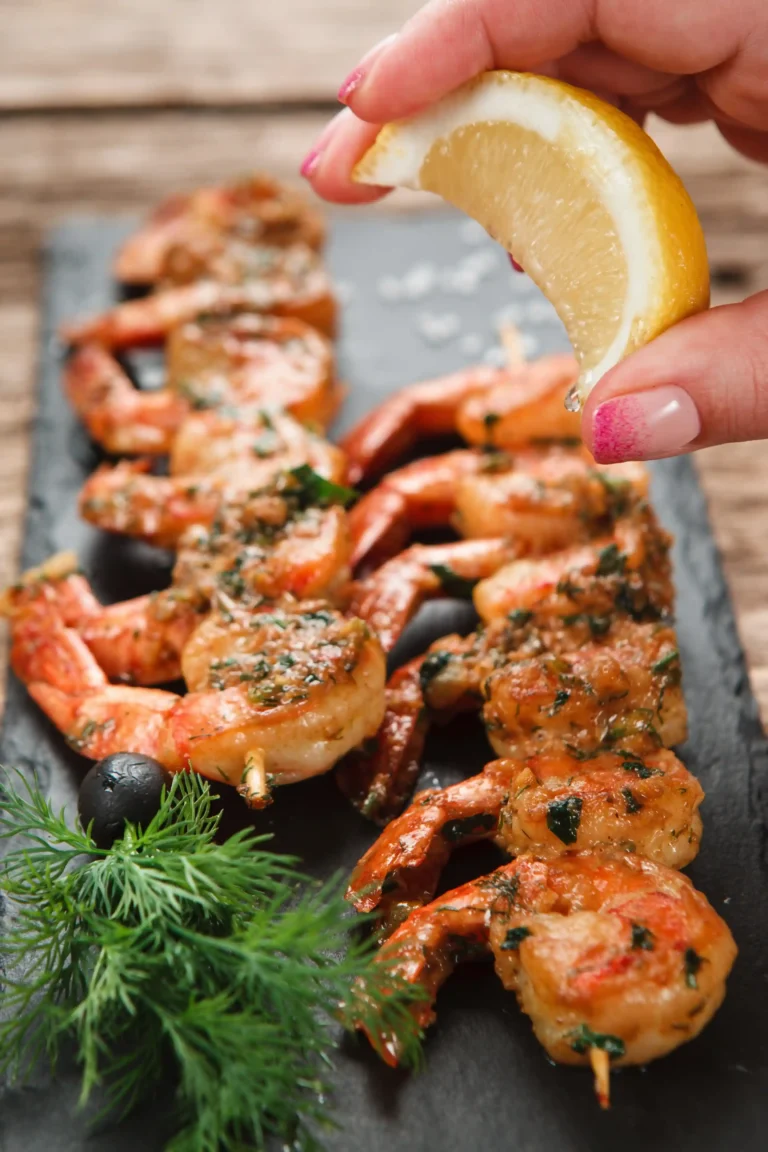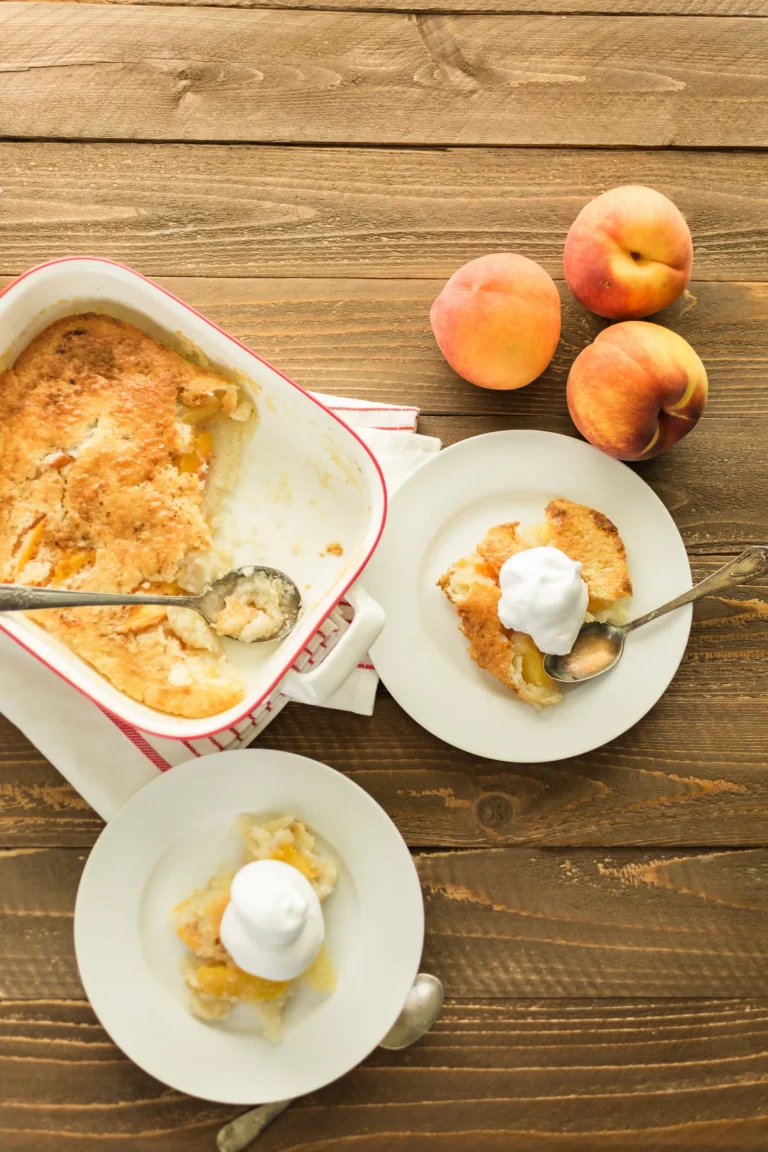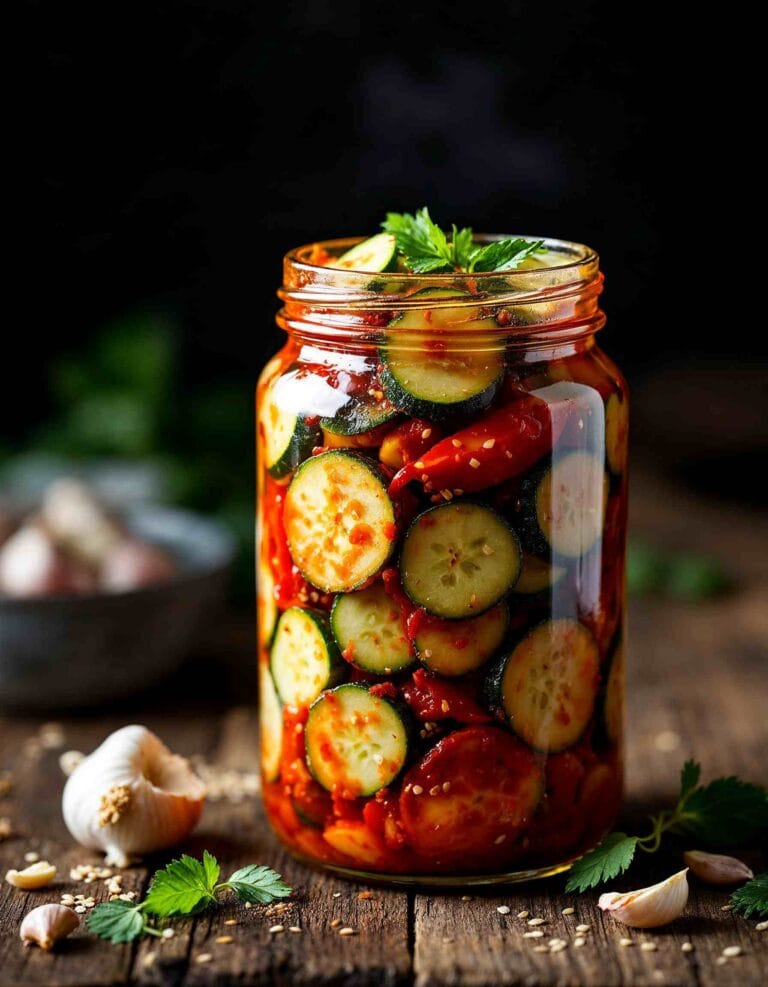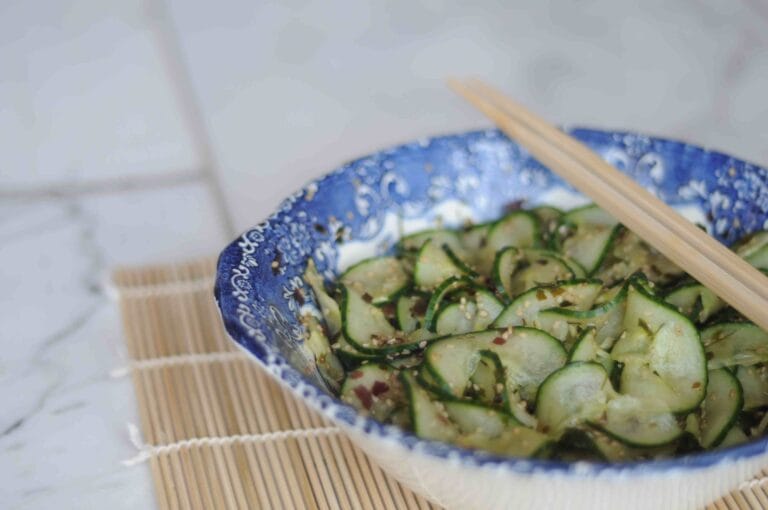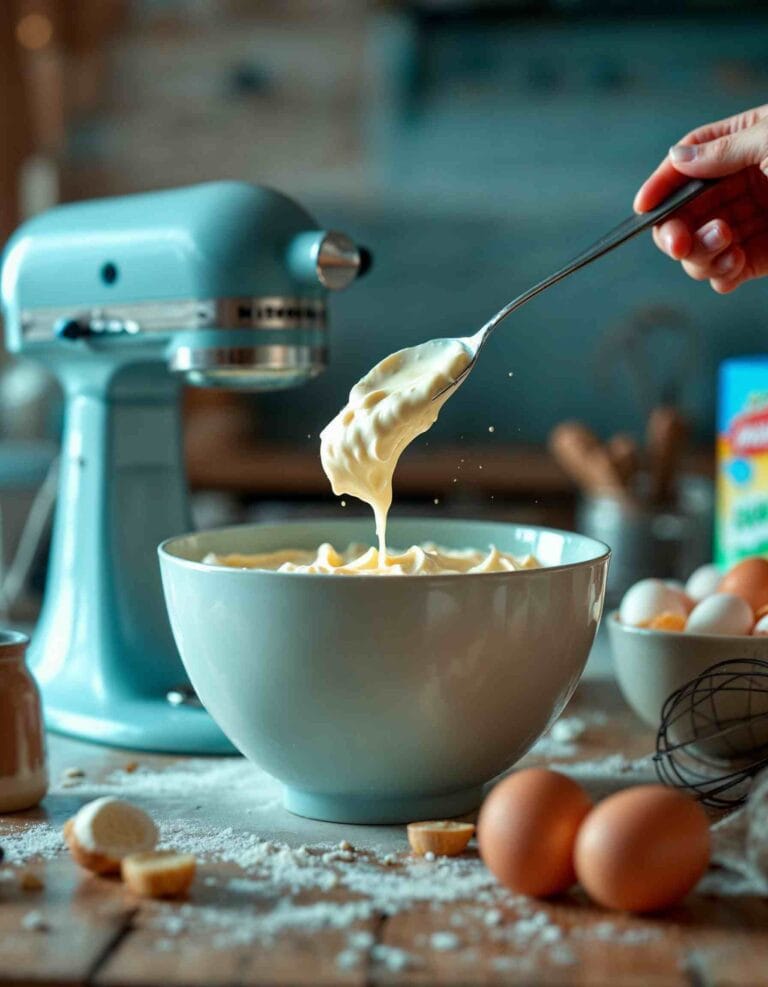How to Make Homemade Fish Feed: A Step-by-Step Guide to Nutritious DIY Fish Food
Introduction
Feeding fish with homemade feed is an excellent way to ensure they receive balanced nutrition while saving money. Many fish keepers and aquaculturists are turning to homemade alternatives for greater control over feed quality and to meet the specific needs of their fish. Unlike commercial feeds, homemade fish feed can be tailored to suit various species, from ornamental fish in aquariums to large fish in aquaculture setups.
In this guide, we’ll walk you through the process of making your own fish feed at home, starting with understanding fish nutrition, exploring ingredient options, and delving into the preparation steps. We’ll also share helpful tips for feeding fish with homemade food and discuss common pitfalls to avoid. Whether you’re a hobbyist or a professional fish farmer, this comprehensive guide will equip you with all the knowledge you need to get started.
Understanding the Nutritional Needs of Fish
To create effective homemade fish feed, it’s essential to first understand the nutritional needs of fish. Their diet must support growth, reproduction, and overall health. By breaking down the dietary components, we can identify the key ingredients required for balanced fish feed.
Protein Requirements
Protein is the most critical component in fish feed, as it supports growth and tissue repair. Different species of fish have varying protein needs:
- Carnivorous Fish: Require high protein levels, often between 40–55% of their diet. Examples include trout, salmon, and cichlids.
- Herbivorous and Omnivorous Fish: Need less protein, around 25–35%. This category includes tilapia and carp.
Good protein sources for homemade fish feed include:
- Fish meal or dried shrimp
- Soybean meal
- Ground chicken or duck
- Earthworms or mealworms
Essential Vitamins and Minerals
Vitamins and minerals ensure fish maintain strong immune systems, healthy skeletal structures, and proper metabolic functions. Key vitamins include:
- Vitamin A: For vision and growth.
- Vitamin D: Essential for calcium absorption.
- Vitamin E: Supports reproduction and immune health.
Minerals like calcium, phosphorus, and magnesium can be supplemented through additives or natural sources such as crushed shells or bone meal.
Carbohydrates and Energy Needs
Carbohydrates provide energy for daily activity and metabolic processes. While they are not as crucial as proteins, they play a supportive role in fish diets. Some suitable carbohydrate sources are:
- Cornmeal
- Wheat flour
- Rice bran
Including easily digestible carbohydrates ensures your fish maintain their energy without excess waste production.
Start with a broader understanding of fish nutrition by reading our DIY Guide for Healthy Fish.
Benefits of Homemade Fish Feed
Creating your own fish feed offers numerous advantages beyond cost savings. It provides control over ingredient quality and allows for customization, making it a smart choice for both aquarium enthusiasts and fish farmers.
Cost Efficiency
One of the primary reasons for making fish feed at home is cost savings. Commercial fish feed can be expensive, especially for large-scale aquaculture. By sourcing ingredients locally, you can reduce expenses without compromising quality.
Customization for Different Fish Species
Homemade fish feed allows you to cater to the specific dietary needs of your fish species. For example:
- High-protein feed for carnivorous fish
- Plant-based feed for herbivorous fish
- A balanced mix for omnivorous fish
This customization ensures optimal growth, health, and reproduction.
Control Over Feed Quality
With homemade feed, you know exactly what goes into your fish’s diet. This control helps avoid harmful additives, preservatives, or low-quality fillers often found in some commercial feeds. You can also incorporate organic or natural ingredients for an eco-friendly approach.
Ingredients for Homemade Fish Feed
Selecting the right ingredients is crucial for creating high-quality fish feed that meets the nutritional needs of your fish. Each ingredient plays a specific role, from providing proteins to essential vitamins and energy. Below, we break down the primary components needed for homemade fish feed.
Protein Sources
Proteins are the building blocks of fish feed, contributing to growth and muscle development. Here are some excellent protein sources for homemade feed:
- Fish Meal: A rich source of high-quality protein made from dried and ground fish. It’s particularly beneficial for carnivorous species.
- Soybean Meal: A plant-based protein option that is affordable and widely available, suitable for herbivorous and omnivorous fish.
- Earthworms and Mealworms: Natural protein sources that can be cultivated at home or purchased from suppliers.
- Eggs: A versatile protein source that can be mixed directly into feed formulations.
- Poultry By-products: Ground chicken or duck meat can provide additional protein for larger fish species.
Carbohydrate Sources
Carbohydrates provide the energy fish need for daily activity. These ingredients also act as binders, helping to form pellets or flakes. Some common carbohydrate sources include:
- Cornmeal: A cost-effective energy source that can be easily integrated into feed.
- Wheat Flour: Helps bind ingredients together and provides energy.
- Rice Bran: A nutrient-dense carbohydrate source, especially useful for omnivorous fish.
Additives for Vitamins and Minerals
To ensure your fish receive a complete diet, it’s vital to include vitamins and minerals. You can either purchase premixed vitamin and mineral supplements or use natural sources. Examples include:
- Bone Meal: Supplies calcium and phosphorus for strong bones and scales.
- Seaweed or Spirulina Powder: Rich in essential vitamins like A, C, and E, and beneficial minerals like iodine.
- Vegetables: Finely chopped or blended greens such as spinach, kale, or carrots are excellent for herbivorous fish.
- Crushed Shells or Oyster Shell Powder: Provide calcium for skeletal and scale development.
Optional Ingredients for Special Needs
For specific purposes or enhancements, you may also consider these optional ingredients:
- Probiotics: To improve gut health and digestion.
- Fish Oil: A source of omega-3 fatty acids that supports immune function and healthy skin.
- Color Enhancers: Ingredients like paprika or marigold petals can naturally enhance the coloration of ornamental fish.
Step-by-Step Process to Make Fish Feed
Once the ingredients are ready, it’s time to mix them into a nutritious feed. Making fish feed involves several steps, from preparing ingredients to drying and storing the final product. Below is a detailed guide.
Explore more recipe options in our article on Best Homemade Fish Food: Nutritious Recipes for Healthy Fish.

Preparing Ingredients
Start by collecting and processing the ingredients:
- Clean Protein Sources: For example, wash fish or poultry to remove any impurities.
- Chop Vegetables: Use a blender or food processor to finely chop greens.
- Grind Dry Ingredients: Use a grinder to create a uniform texture for components like fish meal, soybean meal, or cornmeal.
Mixing and Grinding the Feed
Combine all ingredients in a large mixing bowl:
- Measure each ingredient according to the dietary requirements of your fish species.
- Gradually add water to achieve a dough-like consistency.
- Use a grinder or food processor to ensure the mixture is uniform.
Forming Pellets or Flakes
Decide on the feed format based on your fish species:
- Pellets: Roll the mixture into small balls or use a pellet machine for uniform shapes.
- Flakes: Spread the mixture thinly on a flat surface or tray.
Drying and Storing the Feed
Proper drying and storage are essential to prevent spoilage:
- Drying: Place the pellets or flakes under the sun or use a dehydrator until they are completely dry.
- Storing: Keep the dried feed in an airtight container in a cool, dry place. Proper storage extends the shelf life and retains nutritional quality.
Not sure what to include in your fish feed? Learn about the Best Ingredients for Fish Food.
Tips for Feeding Your Fish
Feeding fish with homemade feed requires careful attention to portion sizes, feeding schedules, and monitoring the health of your fish. Proper feeding techniques ensure your fish thrive without overfeeding or wasting feed. Below are some practical tips to follow.
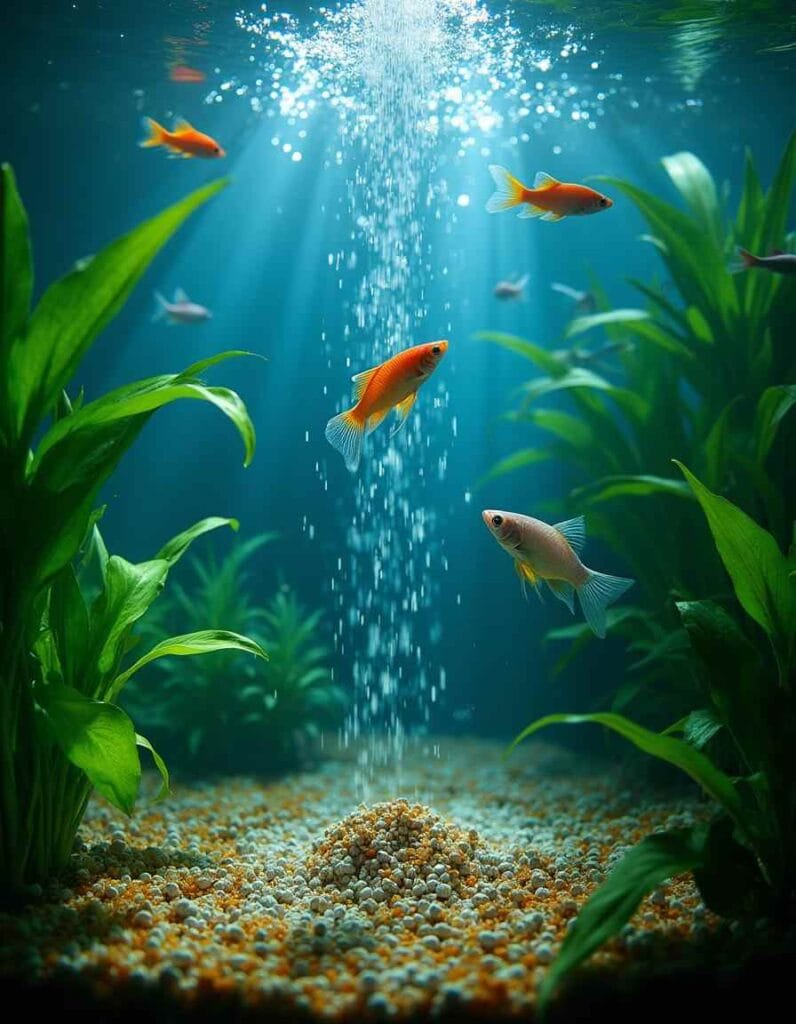
Determining Feeding Quantities
The amount of feed you provide should be based on your fish species, size, and number. Overfeeding can lead to water contamination and health issues. Follow these guidelines:
- Observe Fish Behavior: Feed only as much as the fish can consume within 2–5 minutes.
- Measure by Weight: A common rule is to feed approximately 1–3% of the fish’s body weight daily.
- Adjust for Growth: Younger fish require more frequent feedings and a higher proportion of protein for growth.
Best Times for Feeding
Timing your feedings properly can improve digestion and minimize waste. Consider the following:
- Morning and Evening: Most fish are more active during these times, making it ideal for feeding.
- Species-Specific Schedules: Some species, like nocturnal catfish, prefer feeding at night.
- Frequency:
- Young Fish: Feed 3–4 times daily in smaller amounts.
- Adult Fish: 1–2 feedings per day are typically sufficient.
Monitoring Fish Health with Homemade Feed
Homemade feed allows you to closely monitor how well your fish are responding to their diet. Regular checks can help you adjust the recipe as needed:
- Check Growth Rates: Measure fish growth over time to ensure they are meeting expected benchmarks.
- Observe Behavior: Lethargy or refusal to eat may indicate issues with the feed’s composition.
- Inspect Physical Appearance: Look for signs of healthy scales, vibrant coloration, and clear eyes.
Additional Tips for Feeding Success
- Avoid Overfeeding: Uneaten feed decomposes in the tank or pond, leading to poor water quality and potential health problems.
- Diversify Ingredients: Rotate or combine different protein and carbohydrate sources to provide a varied diet.
- Clean Feeding Area: If feeding in a pond, regularly remove excess feed to maintain water quality.
Common Mistakes to Avoid When Making Fish Feed
While homemade fish feed offers numerous benefits, certain mistakes can compromise its quality and effectiveness. Being aware of these pitfalls will help you create better feed and maintain the health of your fish.
Imbalance of Nutrients
One of the most common errors in homemade fish feed is an improper balance of nutrients. Fish require the right combination of proteins, carbohydrates, vitamins, and minerals to thrive. Avoid these mistakes:
- Excessive Carbohydrates: Adding too many carbs can lead to bloating or poor digestion.
- Low Protein Levels: Insufficient protein hampers growth and weakens the immune system.
- Skipping Essential Vitamins: Neglecting to include vitamin supplements or natural sources can result in deficiencies that affect fish health.
Solution: Follow established nutritional guidelines for your fish species and measure ingredient quantities precisely.
Ignoring Fish Preferences
Fish have different dietary preferences based on species, and ignoring these can result in uneaten food and nutrient deficiencies. Examples include:
- Carnivorous Fish: May reject plant-based feeds.
- Herbivorous Fish: Often struggle to digest high-protein animal-based ingredients.
Solution: Tailor your recipe to match the dietary habits of your fish. Observe their eating behavior and adjust the recipe as necessary.
Improper Storage Practices
Poor storage practices can lead to spoilage, mold growth, or nutrient degradation, rendering the feed unsafe or ineffective. Common storage mistakes include:
- Storing in Humid Conditions: Moisture promotes mold and bacterial growth.
- Exposing Feed to Air and Light: This can degrade vitamins and fats.
- Using Expired Ingredients: Old or rancid ingredients can harm your fish.
Solution: Store homemade feed in airtight, moisture-proof containers, and keep them in a cool, dark location. Label containers with preparation and expiration dates for better inventory management.
Overlooking Feed Consistency
Inconsistent texture or size can make the feed difficult for fish to eat. Examples of common issues include:
- Pellets That Crumble Easily: This can lead to wasted feed and dirty water.
- Inappropriate Size: Feed that is too large or too small for the fish to consume comfortably.
Solution: Use a grinder or pellet machine for uniform consistency and size. Match the feed size to your fish species and their stage of growth.
Key Takeaway
Avoiding these mistakes not only ensures the success of your homemade fish feed but also contributes to healthier, happier fish. By paying close attention to nutrient balance, storage, and feeding practices, you can maximize the benefits of making your own fish feed.
For advanced feeding strategies, consider introducing Live Food for Fish to your routine.
Frequently Asked Questions
What is the best homemade food for fish?
The best homemade food for fish depends on the species. For carnivorous fish, a high-protein mix with fish meal and shrimp works well. Herbivorous fish thrive on a combination of spirulina, vegetables like spinach or kale, and grains. For omnivorous fish, a balanced blend of proteins, carbohydrates, and vegetables is ideal.
How do you make your own fish feed?
To make your own fish feed, gather ingredients like fish meal, soybean meal, grains, and vegetables. Mix them into a dough-like consistency, grind them to ensure uniformity, and form pellets or flakes. Dry the feed thoroughly before storing it in airtight containers.
What do you feed fish if you don’t have fish food?
If you don’t have fish food, you can use temporary substitutes like boiled vegetables (spinach, peas, or zucchini), small pieces of boiled egg, or live food such as earthworms. Be sure to avoid processed or salted foods as they can harm your fish.
How to make pellets without a machine?
You can make pellets without a machine by rolling the dough into small balls or logs and cutting them into pellet-sized pieces. Spread these on a flat surface and dry them under the sun or in an oven at low heat until they harden. This method works well for small batches.
Conclusion
Homemade fish feed offers a cost-effective, customizable, and eco-friendly alternative to commercial options. By understanding your fish’s nutritional needs and following a step-by-step process, you can create a high-quality feed that promotes healthy growth, vibrant colors, and improved reproduction.
While there may be a learning curve, avoiding common mistakes and tailoring the feed to your fish species ensures success. Additionally, incorporating this sustainable practice reduces dependence on commercially manufactured products and enhances the well-being of your fish.
Start small, observe the results, and gradually refine your recipe for optimal results. Whether you are a hobbyist with a few ornamental fish or a professional fish farmer, homemade feed can be a rewarding and practical solution.

